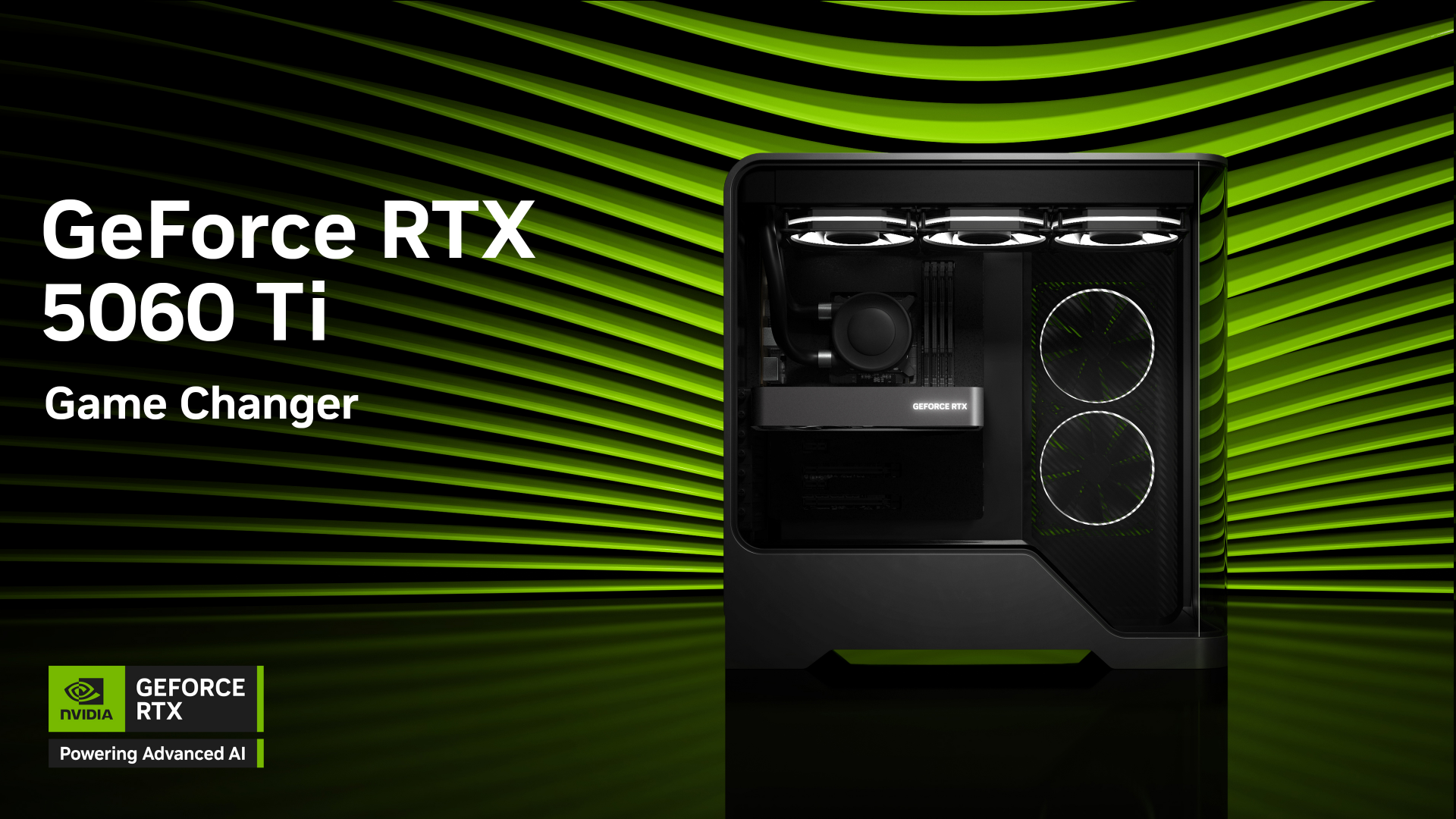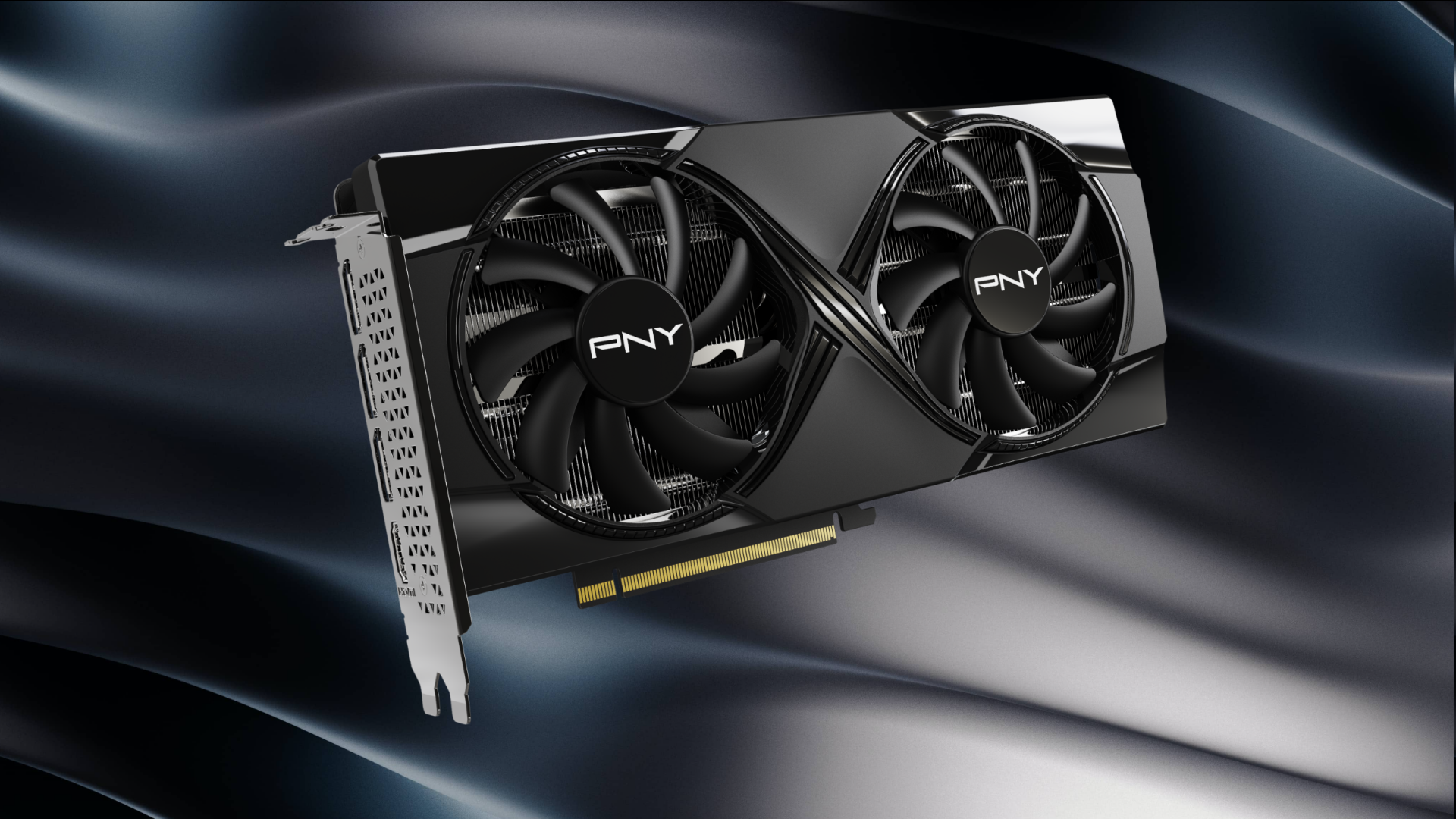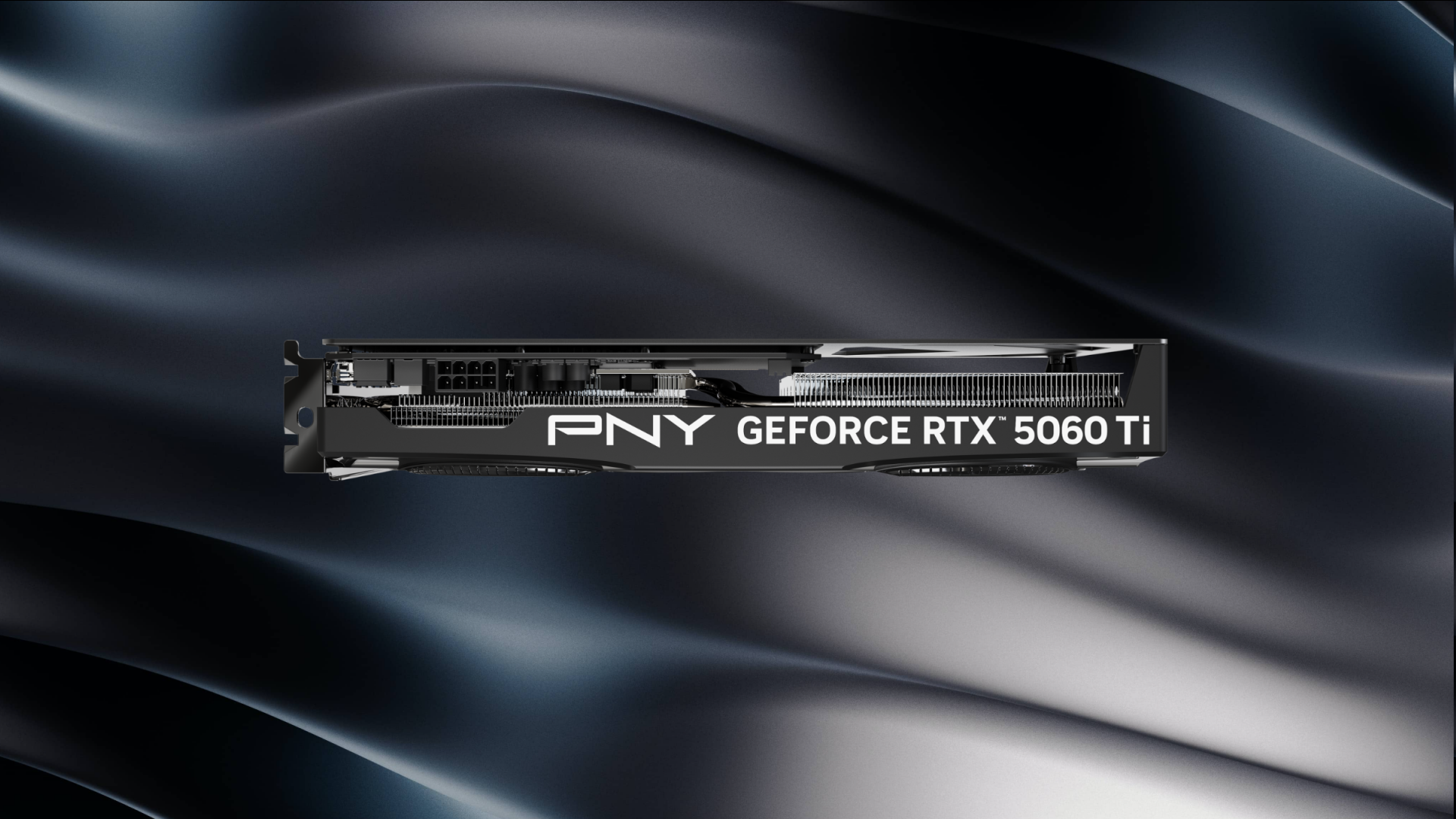Comparison of the Nvidia RTX 5060 Ti 16 GB vs. 8 GB in terms of their specs, pricing, and performance metrics.

The NVIDIA RTX 5060 Ti is releasing on April 16th, 2025. This graphics card will be available in two variants—8 GB and 16 GB. The purpose of having different VRAM options is to cater to each user’s individual needs.
In essence, barring the VRAM difference, both variants are the same fundamentally. And yet, that difference is enough to set them apart from each other. But by how much? What other factors should you consider? Which variant is more suitable for you?
In this post, we intend to answer all those questions by comparing the NVIDIA RTX 5060 Ti 16 GB vs RTX 5060 Ti 8 GB. The comparison is on the basis of their specifications, pricing, performance, and more. Let’s begin by comparing the specifications.
RTX 5060 Ti 16 GB vs RTX 5060 Ti 8 GB Specifications Compared
The table below provides a side-by-side comparison of the specifications of both variants of the 5060 Ti.
| Specification | RTX 5060 Ti 8 GB | RTX 5060 Ti 16 GB |
|---|---|---|
| GPU Architecture | Blackwell (GB206-300-A1) | Blackwell (GB206-300-A1) |
| CUDA Cores | 4,608 | 4,608 |
| Base Clock | 2,407 MHz | 2,407 MHz |
| Boost Clock | 2,572 MHz | 2,572 MHz |
| Memory Capacity | 8 GB GDDR7 | 16 GB GDDR7 |
| Memory Speed | 28 Gbps | 28 Gbps |
| Memory Interface | 128-bit | 128-bit |
| Memory Bandwidth | 448 GB/s | 448 GB/s |
| Ray Tracing Cores | 4th Gen | 4th Gen |
| Tensor Cores | 5th Gen | 5th Gen |
| TDP | 180 W | 180 W |
| Power Connector | 1× 16-pin (or 1× 8-pin in some models) | 1× 16-pin (or 1× 8-pin in some models) |
| Display Outputs | 1× HDMI 2.1b, 3× DisplayPort 2.1b | 1× HDMI 2.1b, 3× DisplayPort 2.1b |
| Launch Date | April 2025 | April 2025 |
| Expected MSRP | $379 | $429 |
As can be gleaned from the table, nearly all of their core hardware specifications are a match. The difference lies in the memory capacity. Both models use GDDR7 memory, with speeds up to 28 Gbps over a 128-bit interface.
The memory bandwidth is the same as well, at 448 GB/s. Thanks to a higher VRAM capacity, the 16 GB variant is capable of handling larger textures and AI model data. Considering how demanding modern games are becoming, 8 GB might not cut it if you want to run the game with higher textures. In such games, the additional 8 GB VRAM in the 16 GB variant contributes to improved performance.
RTX 5060 Ti 16 GB vs RTX 5060 Ti 8 GB Performance Compared

Considering their almost similar specifications, the performance output is pretty much the same with both models. Let us discuss how the extra 8 GB would contribute to improved performance in the 16 GB model.
- High-Texture Games: Demanding titles with texture-heavy assets, like Black Myth Wukong and Assassin’s Creed Shadows, take advantage of the extra VRAM in the 16 GB model. This leads to fewer occurrences of performance bottlenecks.
- AI Upscaling: Features like DLSS 4 and Multi-Frame Generation are powered by AI-based transformer models that occupy VRAM. The increased capacity of the 16 GB model provides extra headroom for these features to function more efficiently.
- Future-proof performance: The 16 GB variant offers better value in the long run. Especially considering the fact that game requirements will get more demanding over time, it may be wiser to invest in more VRAM.
Either model excels at dishing out 1080p and 1440p gaming-level performances. The noticeable performance gap will be subtle in most standard scenarios. However, the 16 GB variant will experience minimal latency issues linked to caching and memory management. When using applications or games that leverage extensive textures and AI-model driven features, the difference in performance will become evident.
As the GPUs release and we get our hands on the performance statistics, we will be able to provide a numerical performance comparison of the two models.
RTX 5060 Ti 16 GB vs RTX 5060 Ti 8 GB Pricing Compared

NVIDIA announced the prices of the 5060 Ti variants, along with when they will be available. The 8 GB variant will cost you $379, while the 16 GB variant will cost $429. The $50 bump in pricing for the 16 GB model is for the extra memory. As we mentioned earlier, both models will be listed for sale on April 16th, 2025.
RTX 5060 Ti 16 GB vs 8 GB Pros and Cons
5060 Ti 16 GB Pros and Cons
| Pros | Cons |
|---|---|
| Increased VRAM capacity allows for higher textures and more efficient resource allocation | Costs $50 more than the 8 GB variant |
| Future-proof memory configuration | Slightly overkill for casual gaming |
| Extra headroom for AI-based features like DLSS 4 and MFG |
5060 Ti 8 GB Pros and Cons
| Pros | Cons |
|---|---|
| Cheaper than the 16 GB variant | Lacks the future-proof quality of the 16 GB model |
| Delivers reliable 1080p and 1040p performance | Would face issues handling texture-heavy games |
Final Verdict
Well, keeping in mind that either model dishes out similar performance under a majority of scenarios, the decision of which GPU model is better suited for you boils down to your needs. If you plan to upgrade in the future or don’t play too many demanding games, the 8 GB model will satisfy your needs.
On the other hand, if you desire to purchase the GPU model with more long-term value, we would recommend the 16 GB model. The extra memory provides enough headroom to comfortably render texture-heavy assets in modern games.
Looking For More Related to Tech?
We provide the latest news and “How To’s” for Tech content. Meanwhile, you can check out the following articles related to PC GPUs, CPU and GPU comparisons, mobile phones, and more:
- 5 Best Air Coolers for CPUs in 2025
- ASUS TUF Gaming F16 Release Date, Specifications, Price, and More
- iPhone 16e vs iPhone SE (3rd Gen): Which One To Buy in 2025?
- Powerbeats Pro 2 vs AirPods Pro 2: Which One To Get in 2025
- RTX 5070 Ti vs. RTX 4070 Super: Specs, Price and More Compared
- Windows 11: How To Disable Lock Screen Widgets
 Reddit
Reddit
 Email
Email


